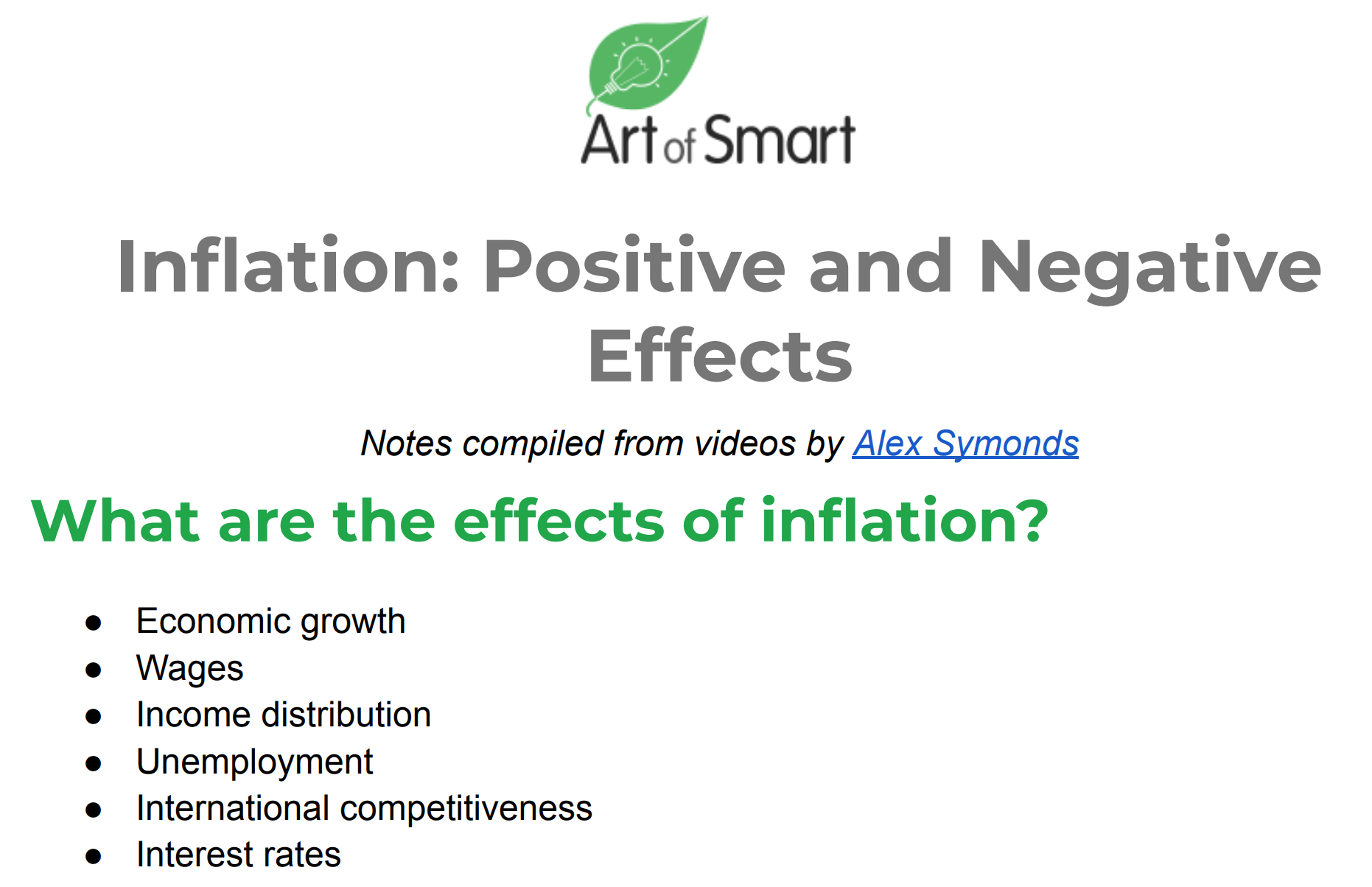The exchange rate of the national currency against other world currencies is one of the most important indicators of the state of the economy.
It would seem that any state is interested in having its currency valued as dearly as possible on the currency exchange.
But often central banks decide to devalue the national currency by artificially reducing its exchange rate through interventions, why does this happen?
What is devaluation is a decrease in the value of the state currency in relation to other freely convertible currencies.
That is, in simple words, we can say that devaluation is the fall in the exchange rate of a certain currency in relation to others.
For example, now there has been a devaluation of the euro, before it began, the euro / dollar exchange rate was at around 1.15 dollars for 1 euro, and today you need to pay less than 1 dollar for 1 euro, that is, the European currency has fallen in price by 15%.
Positive and negative aspects of devaluation
It would seem, what positive aspects can be with the depreciation of the national currency? The cost of imported goods rises, more money is needed to travel abroad, and less currency can be bought for salaries.
At the same time, the devaluation has a positive effect on the economy, because the goods produced in the country begin to become cheaper in world markets and become more competitive.
It is not for nothing that the United States accuses Europe of artificially devaluing the euro, due to which European goods have become cheap in the United States, while American goods, on the contrary, have risen in price in Europe.
For the same reason, many Central Banks try to artificially reduce the value of the national currency, for example, the Bank of Japan or the National Bank of Switzerland do this regularly. There is even a whole strategy on the Japanese yen, which is tied to the interventions of the Bank of Japan.
Very often, after a record fall in the exchange rate of the national currency, the country’s economy begins to rise, expensive imported goods begin to be produced on the domestic market, and the production of goods sent for export also begins to grow.
In contrast to inflation, during devaluation, prices for domestic goods practically do not grow, and if they do, then at a much slower pace.
Therefore, devaluation is less painful for the general population of the country, in contrast to inflation, in which a stable exchange rate of the domestic currency can be maintained, but at the same time, the purchasing power of money decreases.


